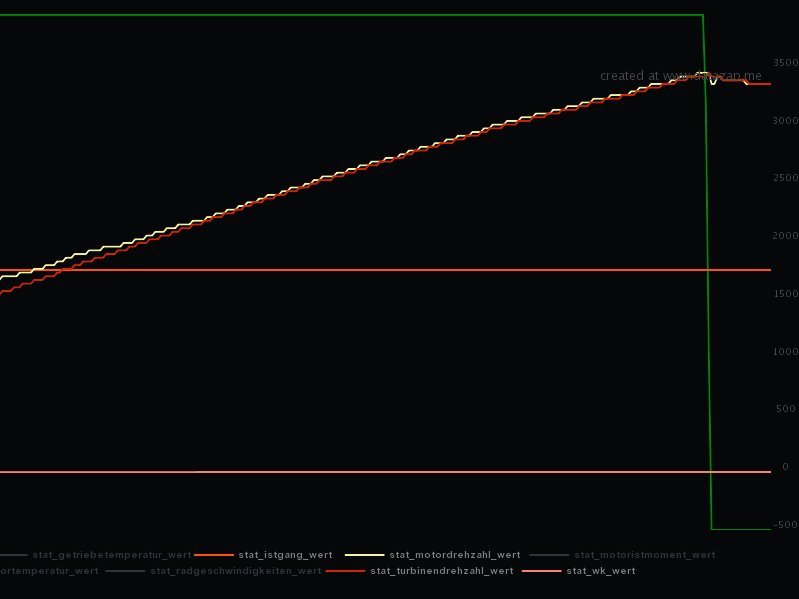The Root of all Evil?

Many xHP customers go for our tunes to eliminate the sluggish feeling; automatic transmissions often have built-in. Especially in Diesel applications, the factory setups slip a lot in the first three gears, which makes the car feel like it was pulled by an invisible „rubber band“ instead of a proper engine.
While this ensures a very comfy ride on low loads, it turns into the opposite with anything above 25% throttle. The transmission starts to slip a lot and lets the engine rev unnecessarily. Instead of proper acceleration, you get bad mileage and heat in the transmission oil. The Lock-Up clutch is opened in that situation, so all torque only gets transferred through the torque converter oil, not a solid connection.
But the Torque Converter, combined with the Lock-Up Clutch, can do some incredible things that aren’t recognized. With the proper setup, it can combine the best of both worlds. A direct connection between engine and transmission and precisely controlled slip to aid acceleration.
The Datazap Log below shows a full-throttle acceleration from 80 - 120 km/h (50 - 75 mph) in 5th Gear in a BMW 330d with N57 Diesel Engine. For the tech-savvy, note the difference between engine RPM and turbine RPM. As soon as you get on the throttle, the Torque Converter Clutch starts to control slip to help the 330d's Turbo spool more quickly and accelerate faster.
We did the measurement, and the difference between "No Slip" and "Controlled Slip" is 0.4 Seconds from 80 - 120 km/h. Your car gains nearly half a second from 80 - 120 km/h with a proper Torque Converter Setup.
Of course, this can induce extended wear on the Clutch, but the intelligent ZF6HP uses fine-tuned formulas to calculate what’s allowed and not. The Slip function sleeps once a specific temperature in the clutch material is reached. Until that, most wear is kept in check through the transmission oil.
